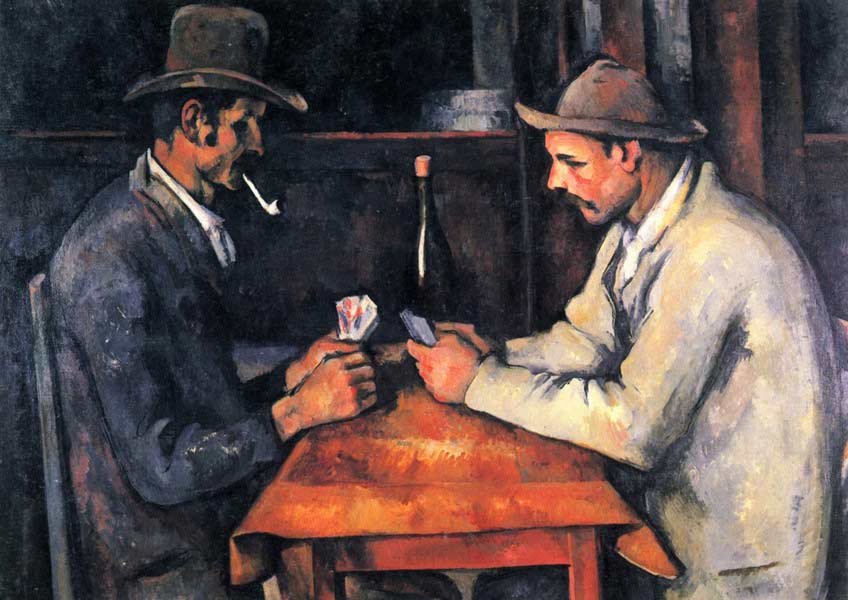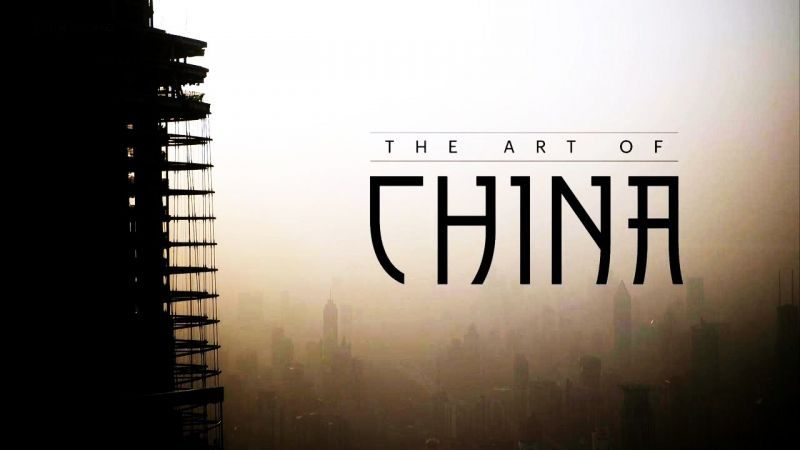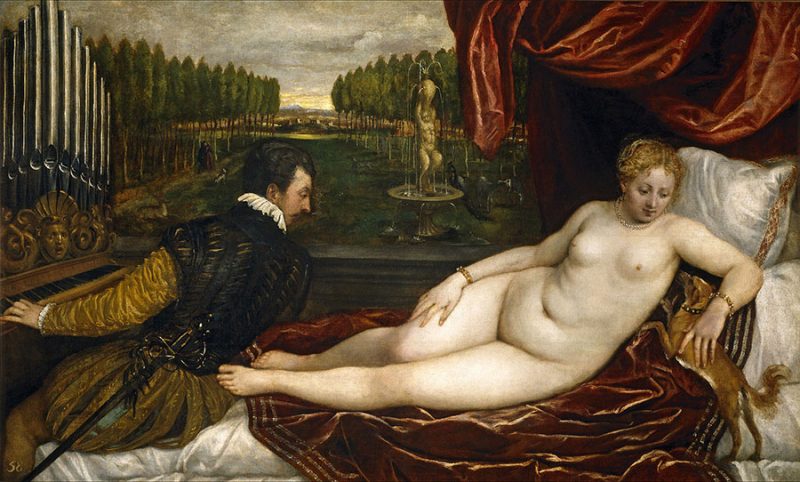Paul Cézanne has been called the artist’s artist as his work was bought by most of the great artists of his time, as well as Picasso who described Cézanne as ‘his only master’.
Impressionists and their circle have become the international superstars of Western painting. But whilst their popularity is greater than ever, it is easy to forget the revolutionary nature of the Impressionists’ art. In this series, Tim Marlow takes us on a journey through the great art movement of the late nineteenth-century and explores some of the most beautiful paintings ever created.
Impressionists episode 6 – Paul Cézanne
Paul Cézanne (1839 – 1906) was a French artist and Post-Impressionist painter whose work laid the foundations of the transition from the 19th-century conception of artistic endeavor to a new and radically different world of art in the 20th century. Cézanne’s often repetitive, exploratory brushstrokes are highly characteristic and clearly recognizable. He used planes of colour and small brushstrokes that build up to form complex fields. The paintings convey Cézanne’s intense study of his subjects.
Cézanne is said to have formed the bridge between late 19th-century Impressionism and the early 20th century’s new line of artistic enquiry, Cubism. Both Matisse and Picasso are said to have remarked that Cézanne “is the father of us all.”
The Cézannes came from the commune of Saint-Sauveur (Hautes-Alpes, Occitania). Paul Cézanne was born on 19 January 1839 in Aix-en-Provence. On 22 February, he was baptized in the Église de la Madeleine, with his grandmother and uncle Louis as godparents, and became a devout Catholic later in life. His father, Louis Auguste Cézanne (1798–1886), a native of Saint-Zacharie (Var), was the co-founder of a banking firm (Banque Cézanne et Cabassol) that prospered throughout the artist’s life, affording him financial security that was unavailable to most of his contemporaries and eventually resulting in a large inheritance.




